ISSN ONLINE(2319-8753)PRINT(2347-6710)
ISSN ONLINE(2319-8753)PRINT(2347-6710)
| V.Senthilkumar1, N.Periyasamy1, A.Manigandan1 Assistant Professors, Department of Mechanical Engineering, TRP Engineering College, Irungalur, Tiruchirappalli District, Tamilnadu, India |
| Related article at Pubmed, Scholar Google |
Visit for more related articles at International Journal of Innovative Research in Science, Engineering and Technology
Laser cutting is energy based unconventional process used to cut complicated shapes of various types of materials. The objective of this paper is to investigate the effects of parameters associated with CO2 laser cutting of Aluminium plate of 6 mm thickness. The experiment was designed and carried out on the basis of standard L9 Taguchi’s orthogonal array in which the four laser cutting parameters viz. laser power, cutting speed, assist gas pressure, and stand-off distance were arranged at three levels. The width of laser cut or kerf, quality of the cut edges are affected by laser power, cutting speed, assist gas pressure, and stand-off distance between nozzle and the work-piece material. The relations between the input parameters and the response were investigated. The result showed that the parameters like power, cutting speed and stand-off distance have major impact over surface roughness and kerf width
Keywords |
| Laser cutting, Laser power, Cutting speed, Assist gas pressure, Stand-off distance, Surface roughness, and Kerf width. |
INTRODUCTION |
| Laser cutting is a thermal based non-contact process capable of cutting complex contour on materials with high degree of precision and accuracy. It involves process of heating, melting and evaporation of material in a small well defined area and capable of cutting almost all materials. The word LASER stands for Light Amplification by Simulated Emission of Radiation). Laser has a wide range of applications, ranging from military weapons to medical instruments. In industries laser is used as an unconventional method for cutting and welding. The main advantage of laser cutting is that, it is a non-contact operative method from which a good precise cutting of complicated shapes can be achieved. Also laser can be used to cut variety of materials like wood, ceramic, rubber, plastic and certain metals. |
| The most commonly used types of laser for laser cutting are CO2 laser and Nd: YAG laser. Due to low laser absorptivity of aluminum and back reflection, high laser power is required to cut Aluminum. CO2 laser has a wavelength of about 10.6μm due to this CO2 laser has high power output when compared to Nd: YAG laser. Thus for cutting aluminum and aluminum based alloys CO2 laser can be used. In this paper, experimental work has been done to explore the influence of process parameters on the cut quality, such as: surface roughness and kerf width. M. Madic et. al. [1] stated that working principle of laser cutting is a thermal, non-contact and highly automated process well suited for various manufacturing industries to produce components in large numbers with high dimensional accuracy and surface finish. They also stated that high power density beam when focused in a spot melts and evaporates material in a fraction of second and the evaporated molten material is removed by a coaxial jet of assist gas from the affected zone as shown in Figure 1. |
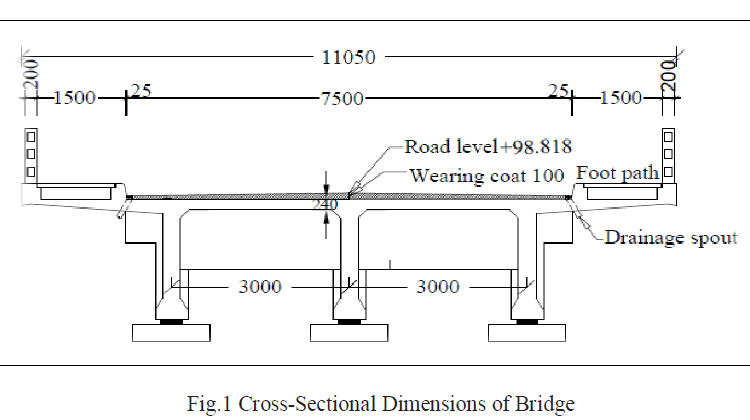 |
II. LITERETURE REVIEW |
| K.A. Ghany & M. Newishy [3] predicted that surface roughness value reduces on increasing cutting speed & frequency and decreasing laser power & gas pressure. Arun Kumar Pandey and Avanish Kumar Dubey [4] studied the effect of laser cutting of Titanium alloy sheet and observed that lower values of pulse frequency, higher values of cutting speed and moderate pressure of gas results in lesser surface roughness. N. Rajaram et. al. [5] in their work concluded that high powers and lower feed rates gave good surface roughness. Dhaval P. Patel and Mrugesh B. Khatri [6] identified that kerf width generally increases with increase in assist gas pressure and laser power and decrease in cutting speed. Ghany, K.A. & Newishy [7] observed that increase in the frequency reduces the kerf width |
| S R Rajapurohit and D M Patel [8], studied the formation of striations on the cut surfaces which affects the quality of LASER cutting and stated that the elimination of the striation can be achieved with intermediate cutting speeds and optimizing the gas pressure which stabilizes the hydrodynamic behaviour of molten metal. Amit Sharma and Vinod Yadava [9], presented modelling of cut quality during pulsed Nd: YAG LASER cutting of thin Al-Alloy, used a hybrid approach comprising of Taguchi methodology and response surface methodology and did optimization by hybrid approach of grey relational analysis, TM and entropy measurement methodology. The result indicated that the methods are reasonable. |
| Vipul K Shah et al [10], Optimized the input parameters on surface roughness during fibre LASER cutting of stainless steel and observed that the result showed dependence of various input parameters on the cut quality. Naimesh R. Kadiya and Jignesh Patel [11], studied the importance and optimization of cutting parameters like LASER power, cutting speed in CO2 LASER cutting of stainless steel. |
III. EXPERIMENTAL SETUP |
| A CO2 laser-machining center with maximum output power of 4 kW at a wavelength of 10.6 μm, operating in CW mode was used to conduct the cutting experiments in the present investigation. Linear cut of 25mm in length for measuring kerf width and a square cut of a 30mm side in order to measure the cutting edge roughness were performed on 6 mm thick Aluminum using the Nitrogen as assist gas with purity of 99.95%. The machine used for this machining was Truflow 4000 with a focusing lens of focal length 7.5 in. (190.5 mm) and conical shape nozzle with diameter of 1mm was used to perform the cut. Based on the review of the literature, the selected parameters to be investigated were four, namely the laser power, the cutting speed, the Stand-Off distance and the pressure of the assist gas. To cover wider range of laser cutting parameters that are controlled by the operator, these parameters were varied on 3 levels shown in Table 1 |
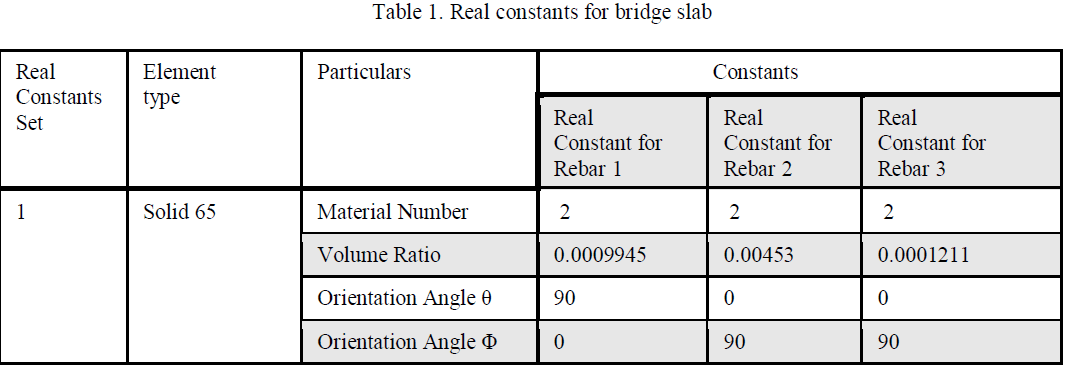 |
IV. RESULTS AND DISCUSSION |
| The input parameters are varied as per the L9 orthogonal array and in feed into the machine by the CNC input system for each experiment and cutting process is performed as per the profile. Then the laser cut quality was monitored by measuring surface roughness (Ra) and kerf width by RUGOSURF 90G and Tool maker’s microscope respectively. The value obtained for each experiments are listed in Table 2. |
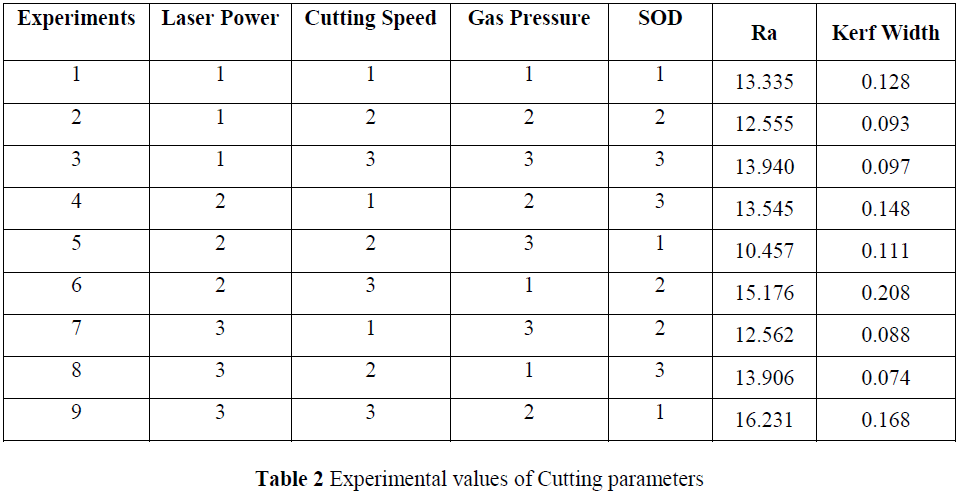 |
| Laser cutting process has always been a major research area for getting the exceptionally good quality of cut like reduced surface roughness and kerf width. The above responses is analysed with the input parameters and following the graphs are obtained. |
1. Surface Roughness (Ra) |
| Surface roughness is an effective and commonly adopted parameter representing quality of a machined surface in general engineering practice.It gives a good general description of the height variations in the surface. |
 |
| The surface roughness decreases and remains same as the power increases as shown in Figure 2 |
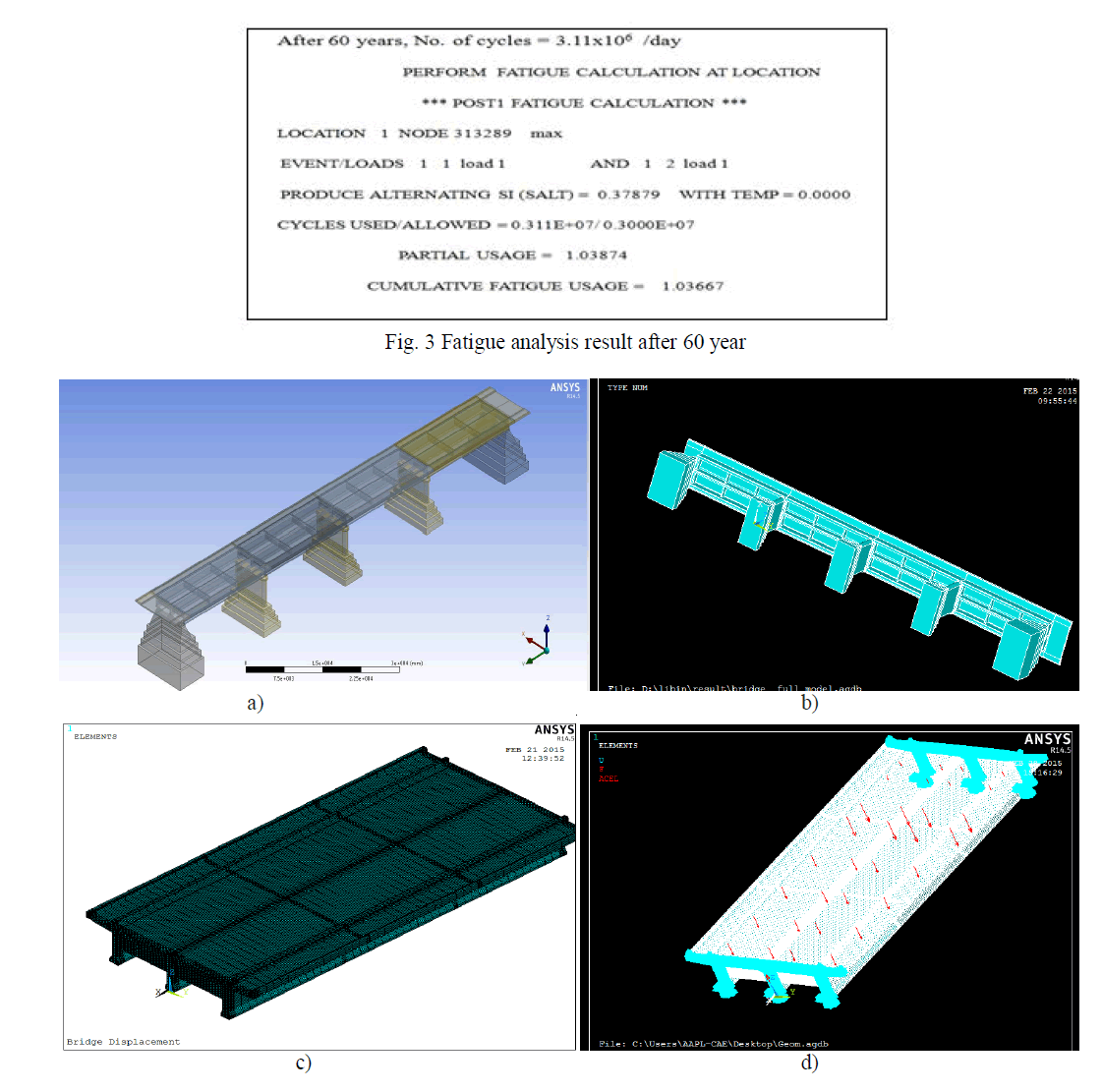 |
| Roughness increases and then decreases as the assist gas pressure increasesas shown in Figure 3 |
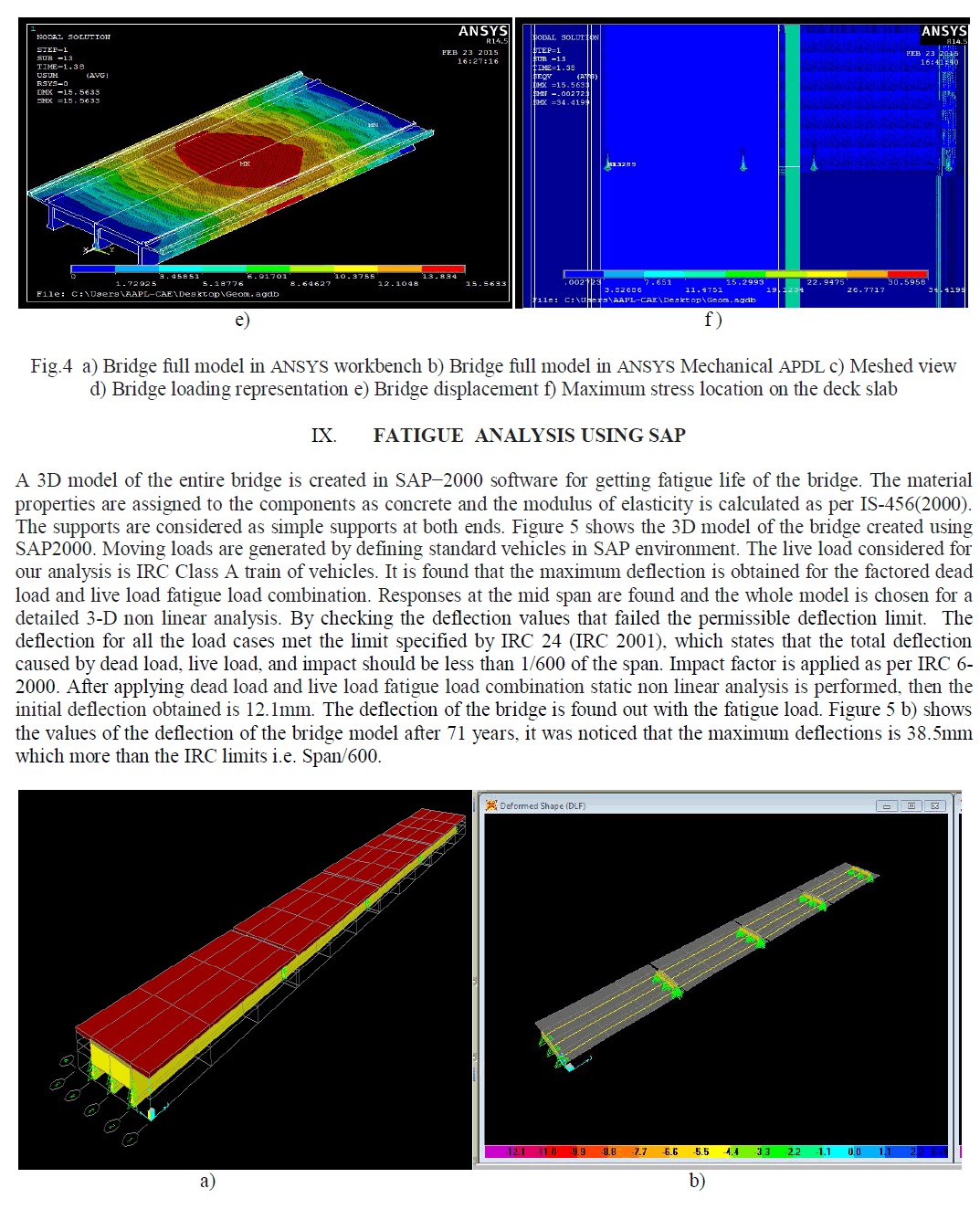 |
| As shown if Figure 4 the roughness value is not affected by the cutting speed upto a limit and then decreases as the speed increases |
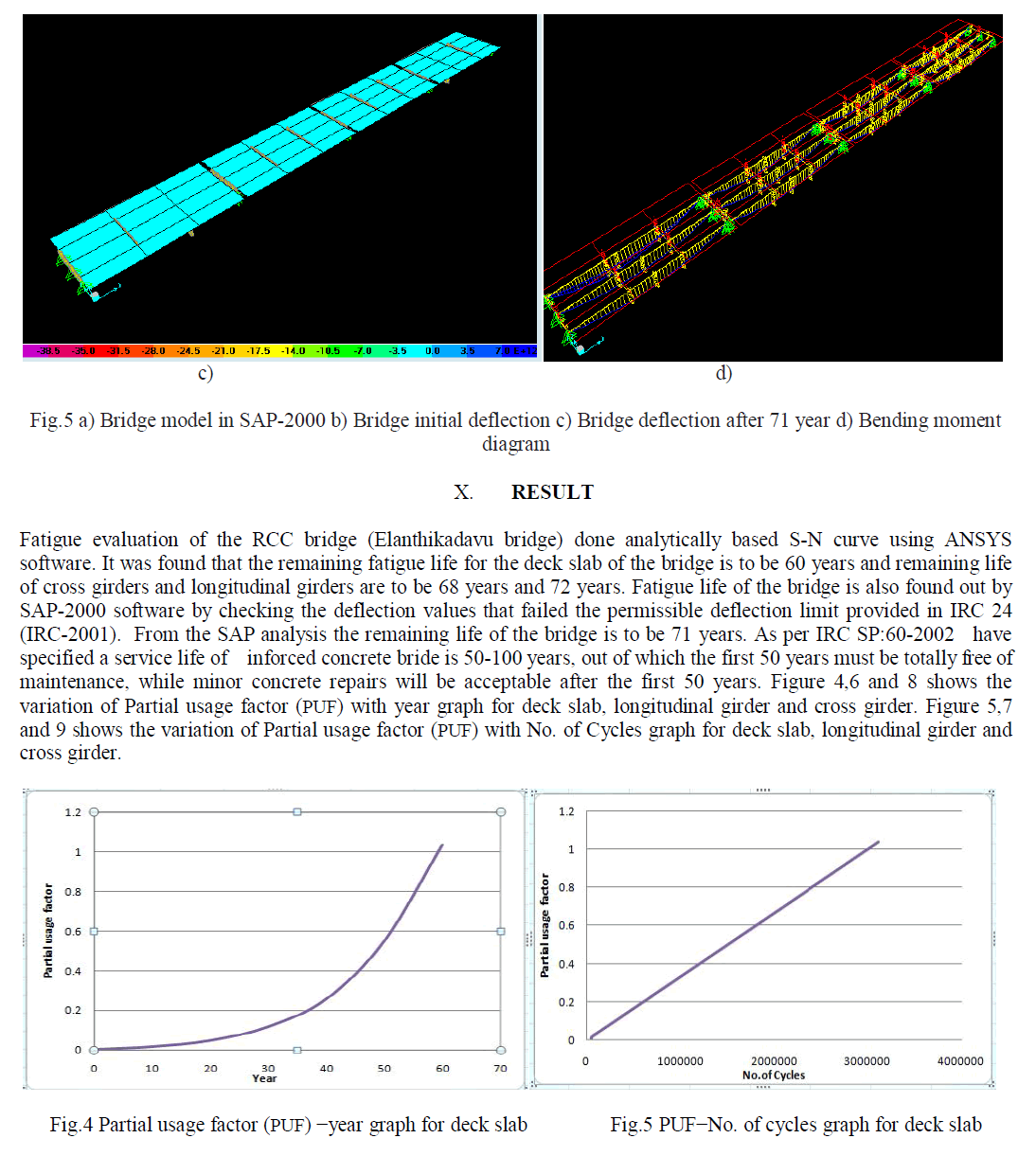 |
| For the stand off distance also the roughness value is not affected upto a limit and then decreases as the satnd off distance increases as shown in Figure 5 |
2. Kerf Width |
| The laser melts away a portion of material when it cuts through; this is known as kerf which is a groove or a slit or a notch. The width of the portion after the cut is called the kerf width |
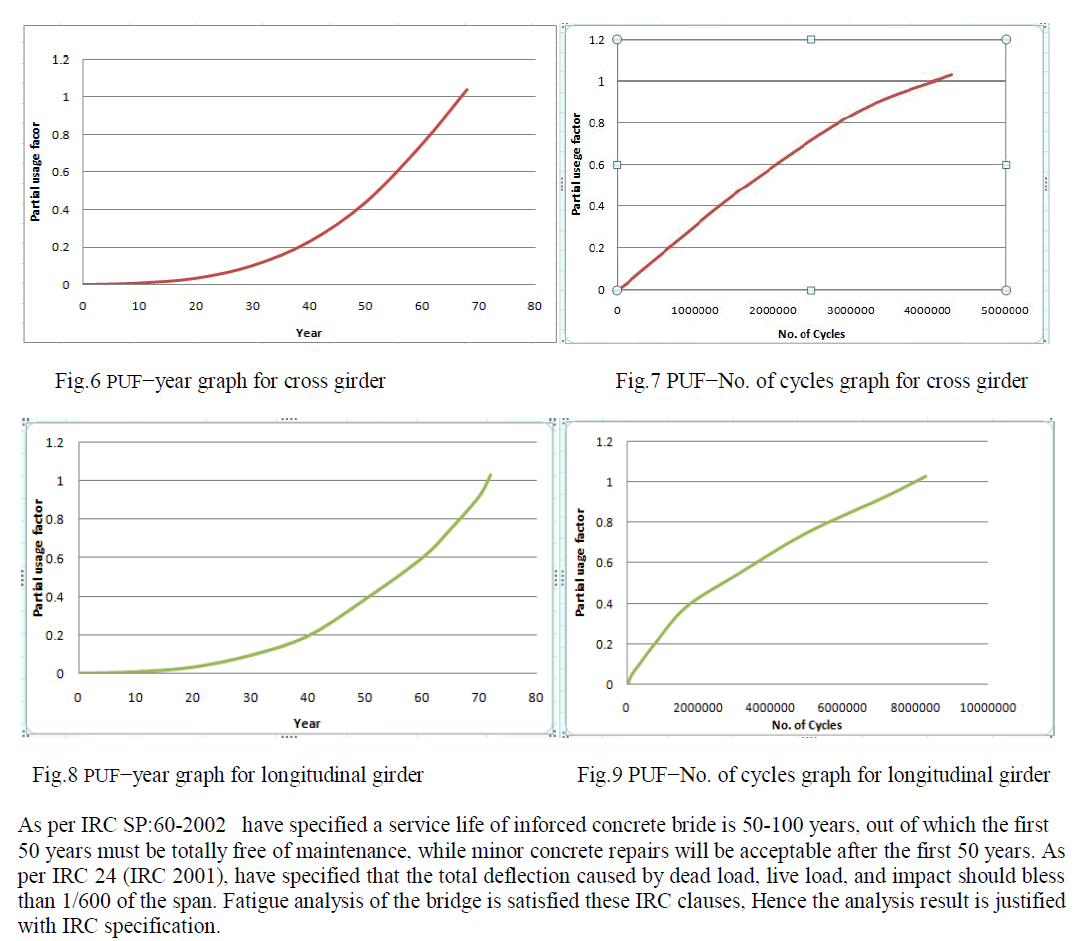 |
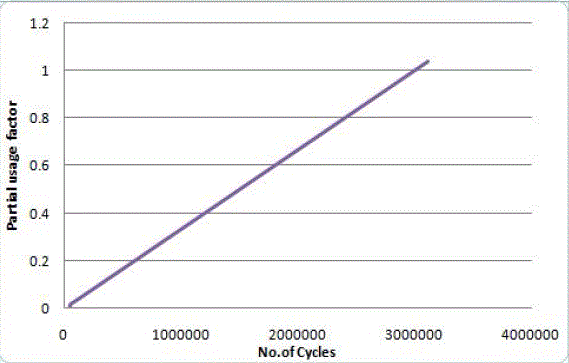 |
| As shown in Figure 7 the Kerf width increase and then deacreases as the power increases |
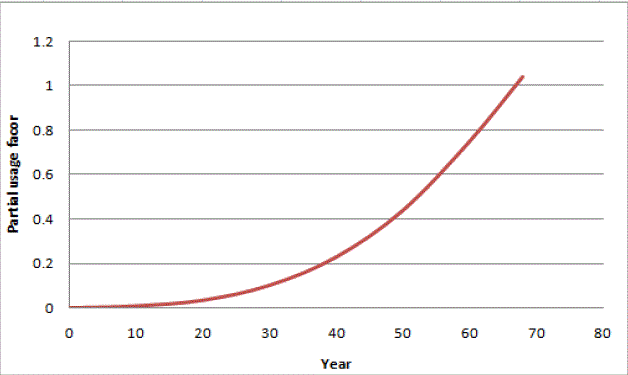 |
| The value of kerf width decreases a bit as the assist gas pressure increases and then increases with the increase in assist gas pressure as shown in Figure 8 |
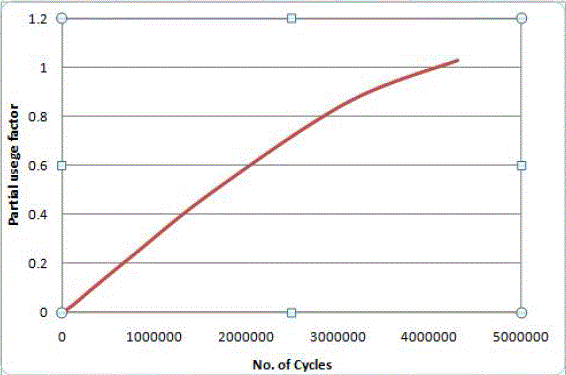 |
| Figure 9 shows that the kerf width increases with increase in cutting speed to a limit and then decreases with increase in cutting speed |
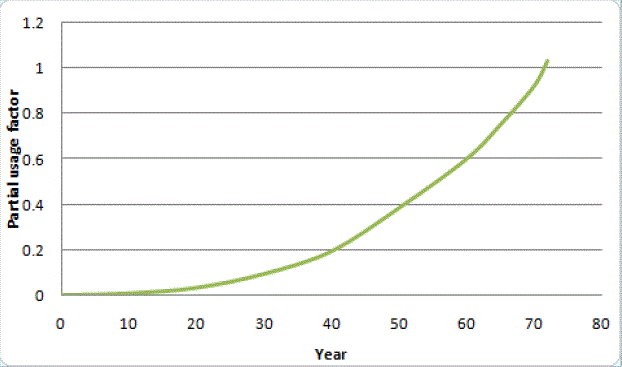 |
| Standoff distance increases the kerf width a little but decreases as the standoff distance increase as shown in Figure 10 |
V. CONCLUSION |
| The experiment presented here is an overview of research work carried out in laser cutting process. From the above discussions it can be concluded that: |
| 1. Laser cutting process is capable of cutting complex profiles in most of the materials with a high degree of precision and accuracy and the performance of laser cutting process depends on the input process parameters like laser power, cutting speed, assist gas pressure and stand-off distance on the important performance characteristics like surface roughness and kerf width. |
| 2. The parameters such as laser power, cutting speed, stand-off distance have major impact on surface roughness and kerf width. Whereas, the effect of assist gas pressure over surface roughness and kerf width is less significant. |
References |
|